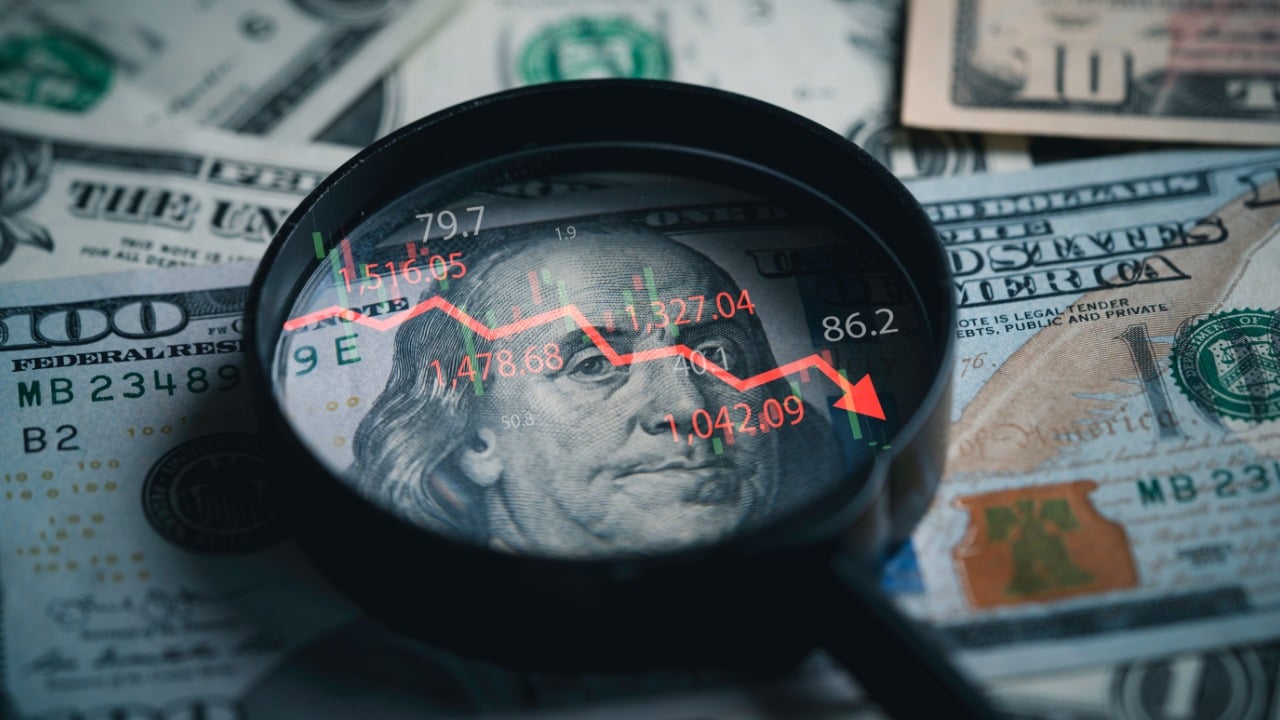Digital newspaper archives have become indispensable resources in the digital age, offering unprecedented access to historical records that chronicle societal evolution, cultural shifts, and significant events. These archives serve as vital tools for researchers, historians, genealogists, journalists, and the general public, providing a wealth of information that spans decades and even centuries. The landscape of digital newspaper archives is diverse, encompassing various types of collections, access methods, and technological advancements, each contributing to the preservation and accessibility of historical content.
The Evolution and Significance of Newspaper Archives
Newspapers have long been the primary medium for documenting daily life, political developments, and cultural milestones. The transition from physical to digital archives has revolutionized how we interact with historical records. Digital archives not only preserve these documents from physical degradation but also make them accessible to a global audience. This democratization of information is crucial for various fields, including historical research, genealogy, journalism, and education. For instance, the Library of Congress’s Chronicling America project offers access to historic American newspapers dating back to the 17th century, providing a comprehensive view of U.S. history. Similarly, Singapore’s NewspaperSG and the National Library Board offer extensive archives that highlight local and regional news from the late 20th century onward.
Types and Characteristics of Newspaper Archives
Digital newspaper archives can be categorized based on their scope, format, and accessibility. National and regional archives, such as Chronicling America and NewspaperSG, provide extensive collections that cover a wide range of historical periods and regions. Specialized collections and partnerships, like the National Digital Newspaper Program (NDNP), focus on digitizing and preserving selected historic newspapers. Media and press archives, including those from the Associated Press and the British Newspaper Archive, extend beyond print to include multimedia content such as videos and sound recordings. Commercial and third-party aggregators, such as NewsLibrary and NewspaperArchive, compile a vast range of newspapers and often cater to genealogical and legal research needs. Discontinued or legacy projects, like Google News Archive, offer unique but sometimes limited resources.
Access Methods and Technologies
Most digital archives utilize Optical Character Recognition (OCR) technology to convert scanned newspaper images into searchable text. This technology enhances usability but can sometimes produce errors that require manual proofreading. Access to these archives varies, with some offering free public access, such as Chronicling America and NewspaperSG, while others may require subscriptions or institutional access. Advanced search functions, metadata tagging, and date range filters help users efficiently navigate these archives. Additionally, some archives include digitized obituaries, marriage announcements, and other public records, which are invaluable for genealogists.
Challenges and Limitations
Despite the numerous benefits of digital newspaper archives, several challenges and limitations persist. Coverage gaps are a significant issue, as not all newspapers are digitized or available online. Some archives may exclude recent publications or specific regions, limiting the scope of research. The quality and completeness of digitized content can vary, with scanning quality and OCR errors affecting search accuracy. Access restrictions due to copyright or subscription models can also pose barriers to users. Furthermore, varying website interfaces and inconsistent indexing can create usability challenges, requiring users to adapt to different platforms and search methods.
Practical Use Cases
Digital newspaper archives serve a wide range of practical applications. Historical researchers use these archives to track cultural, political, and social transformations over time. Genealogists uncover birth, death, marriage notices, and personal stories, enriching their family histories. Journalists review past coverage to identify narratives or reexamine breaking stories, ensuring accurate and contextually rich reporting. Educators and students explore primary sources, enhancing their understanding of historical events and enriching curricula. Legal and due diligence researchers verify information through background checks and historical news coverage, ensuring accuracy and completeness in their investigations.
Emerging Trends
The field of digital newspaper archives continues to evolve, with emerging trends focusing on integrating multimedia content, improving AI-driven search capabilities, and expanding crowdsourced correction efforts to enhance text accuracy. Partnerships between libraries, governments, and media entities are increasingly broadening the breadth and accessibility of these archives. For example, the National Digital Newspaper Program (NDNP) combines the efforts of multiple institutions funded by the National Endowment for the Humanities to digitize and provide permanent access to selected historic newspapers across U.S. states and territories. These advancements are making digital newspaper archives more comprehensive, user-friendly, and accessible to a wider audience.
Conclusion
Digital newspaper archives stand as portals connecting us to our collective past, enriching modern understanding and sparking discoveries across countless fields. From the richly indexed pages of Chronicling America to specialized collections like Singapore’s NewspaperSG and expansive repositories of the Associated Press, they provide windows into history’s unfolding narratives. While challenges persist in coverage and access, the advances in digitization and search technology continue to empower users to explore stories that shaped communities and the world. Whether for personal exploration or professional inquiry, these archives embody a treasure trove awaiting deeper engagement. As technology continues to advance, the potential for these archives to enhance our understanding of history and society will only grow, making them an invaluable resource for generations to come.





